Utah is home to an impressive desert landscape. There is so much to do and see amongst the red rock desert. No matter what your level of adventure is, there is something for everyone; that’s what makes the desert so fantastic. Whether you’re an avid mountain biker looking to hit the trail, or an artist in search of new views and color palette the desert has something for you.
This dry, arid region of the country is home to a lot of our public land. It is important to take care of and respect public lands so that they can be enjoyed by future generations. A beautiful landscape is built over millions of years, but can be destroyed by a generation.
Here is the list of 10 most breathtaking natural wonders in Utah.
| Table of Contents [Show] |
|---|
Affiliate links may be used in this post. I may receive a small commission at no extra cost to you if you use my affiliate link.
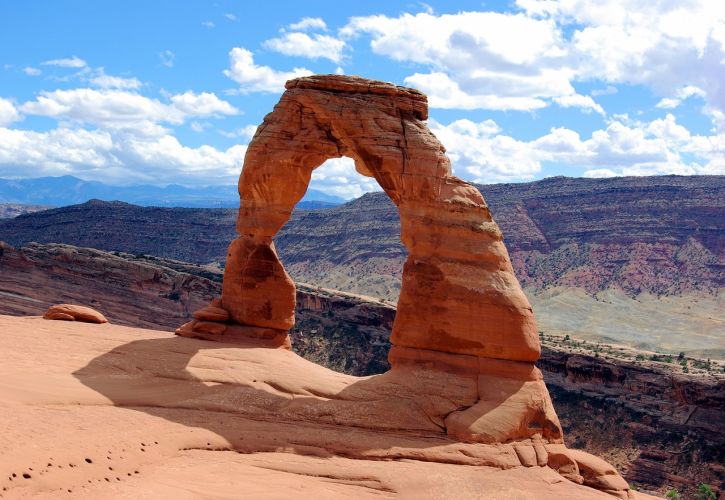
This is one of Utah’s most visited destinations. If you’re driving into the state, you’ll see Delicate Arch depicted on the “Welcome to Utah” highway sign. Arches National Park is located just north of Moab. From Salt Lake City it’s a three-and-a-half-hour drive to get there.
The park is best known for Delicate Arch; the single arch balanced on the edge of slick rock before dropping down into a canyon. You can view delicate arch at the lookout point which is a short 1-mile round trip walk from the parking area. For those with more time in the park, the hike out to Delicate Arch is about 3 miles round trip and you can walk out and stand under the arch.
Address: Arches National Park, Moab, UT 84532
Also Read: Best Things to do and Tips for Visiting Arches National Park
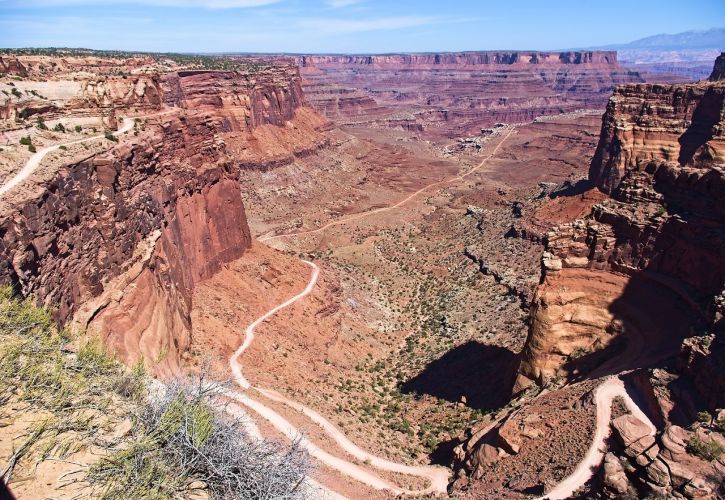
Also around Moab is Canyonlands National Park. The park has two main areas to check out; Island in the Sky and The Needles. The Island in the Sky area is closer to Moab in the northern part of the park. This section of the park is located between the Green River and Colorado River before the confluence. Here there are numerous canyon overlooks as well as 4 wheel drive roads and few hiking trails.
The Needles section of the park is farther south on Highway 191, about an hour’s drive from Moab. This section of the park is located below the confluence of the Green River and Colorado River. To get to the confluence overlook is a 10-mile round trip hike or you can drive out there if you have a 4-wheel drive vehicle. There are lots of canyon hikes in this area. The Needles get its name from the tall spires of rock that formed from years of erosion.
Address: Moab, UT 84532
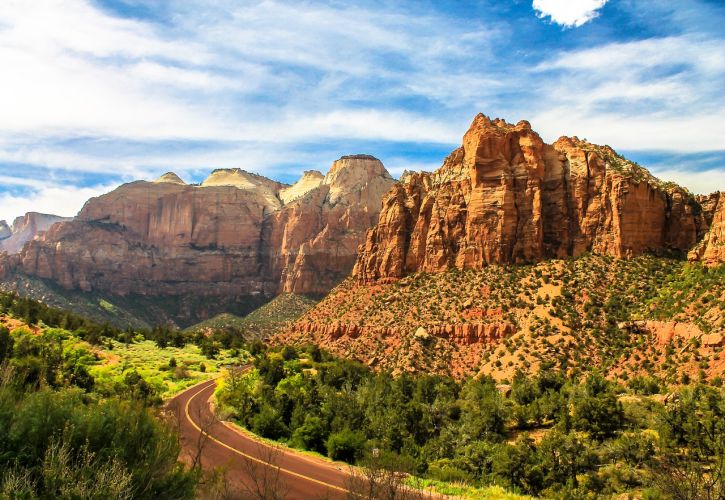
Address: Springdale, UT 84767
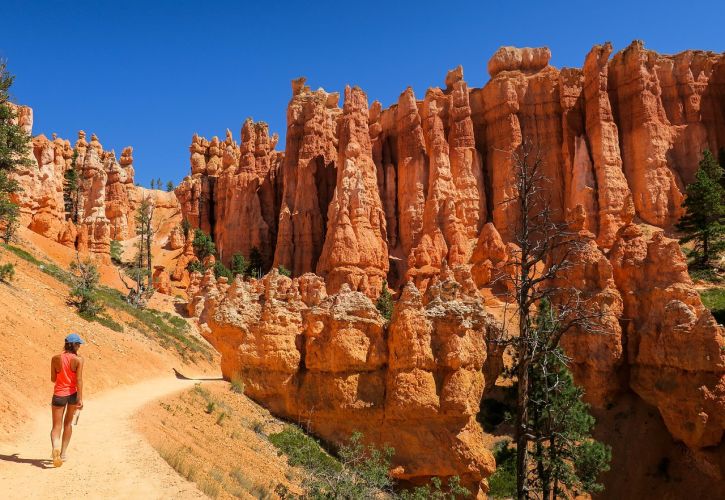
Not far from Zion is Bryce Canyon National Park. The canyon is made up of many smaller canyons and drainages off the side of the mesa. Filling the canyon are many rock spires called hoodoos. These spires formed from years of erosion, similar to how The Needles formed in Canyonland National Park.
There are lots of great hikes and overlooks to check out in Bryce Canyon. The park runs a shuttle between the four main viewpoints; Bryce Point, Inspiration Point, Sunset Point and Sunrise Point. Taking the shuttle is a great way to see the park during busy times mid-May to late September. The shuttle is free with entrance to the park.
Address: Bryce Canyon National Park, UT
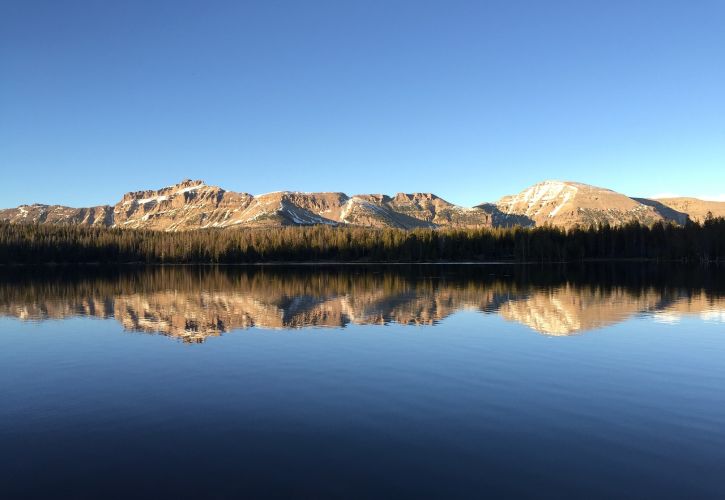
Address: Utah State Route 150, Kamas, UT
Also Read: 25 Most Beautiful Lakes in the US
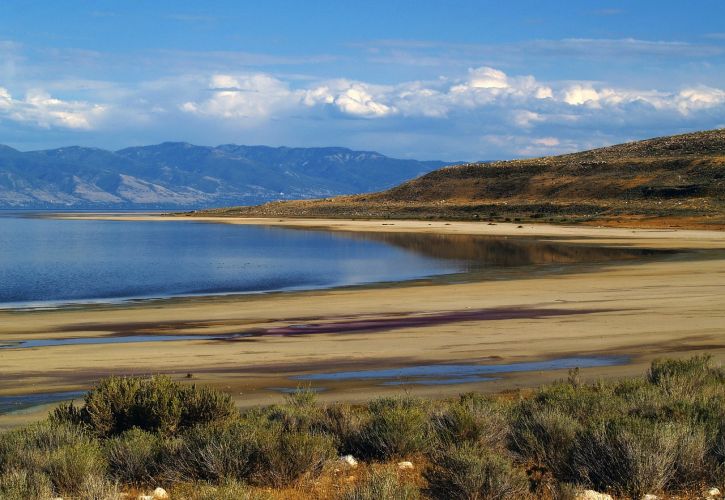
Many of us have been to Salt Lake City but never to the Great Salt Lake. The lake is the largest lake between the great lakes and the Pacific Ocean and is the largest saltwater lake in the western hemisphere.
Antelope Island State Park is a great place to visit the lake. Enjoy sunbathing and swimming on the white sandy beaches. The lake is 12% salinity making it saltier than the ocean. The saltiness of the lake makes it easy to float in. Kayaking is a great way to explore the edges of the lake. Since you’re much quieter in a kayak, seeing wildlife from the water is easier.
Address: Salt Lake City, UT 84116
Also Read: Top Tourist Attractions in Salt Lake City
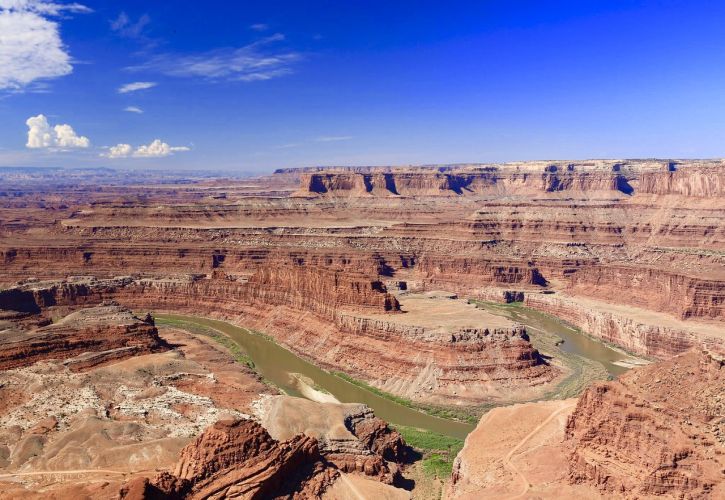
Dead Horse Point lies along a choke point in the Colorado River, where the river takes a 180 degree turn back on itself. The view from Dead Horse Point is a popular, recognizable photography spot. The point got its name from cowboys rounding up horses in the early 1900’s. Horses were rounded up onto the point and then corralled off to hold them there. One time, the horses were forgotten and died of dehydration out on the point looking down at the water of the Colorado River 2,000 feet below.
Today, there are no dead horses out there, but many outdoor recreation activities. Visitors can enjoy hiking, mountain biking, fishing, boating and a dark night sky. As dark sky areas disappear around the country, it is important to appreciate the night sky. Attend a night sky program during the summer months to learn about the importance of a dark night sky.
Address: Sr 313, Moab, UT 84532
Also Read: 25 Best State Parks in the United States
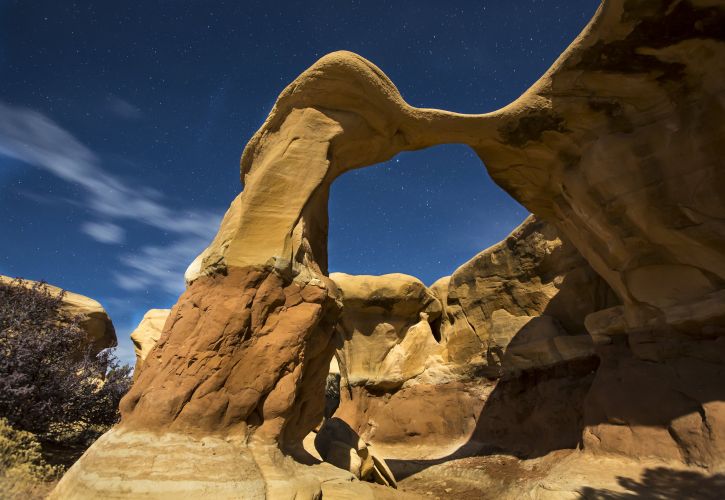
The Grand Staircase gets its name from a series of plateaus that decrease in elevation between Bryce Canyon and Grand Canyon. At each drop from one plateau to the next, a snapshot of geologic history is visible in the rock wall. This was the last place in the contiguous United States to be mapped out. The monument spans 5 different ecosystems from low desert to high coniferous forests making it home to a variety of wildlife.
Before the land became a National Monument, it was home to Native Americans in southwest Utah. Be sure to be respectful to those who used this land before you. There are great opportunities for hiking, mountain biking, fishing and camping in Grand Staircase-Escalante National Monument. Recently, the size of the monument was reduced by the Trump administration. It is important to visit and support our public lands so that we understand their value and preserve them.
Address: 735 W Main, UT 84726
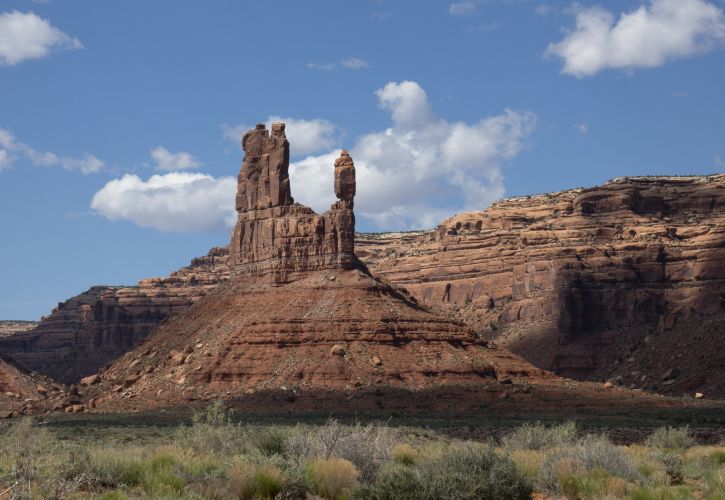
Address: 365 N Main, Monticello, UT 84535
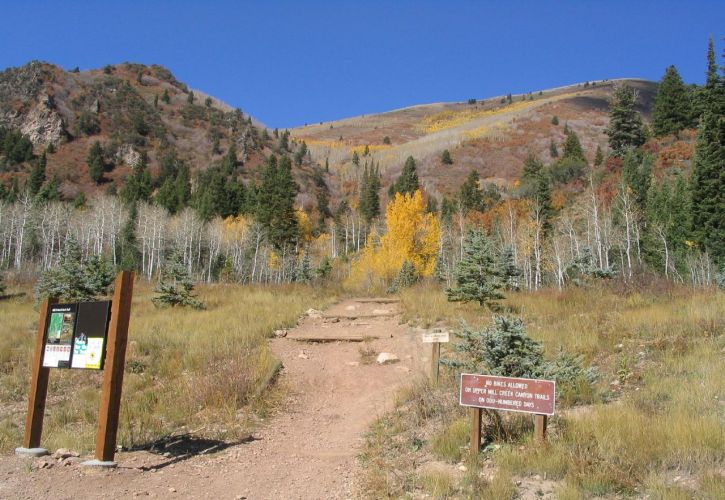
Address: Big Cottonwood Canyon Rd, Uintah-Wasatch-Cache National Forest, Salt Lake City, UT 84121